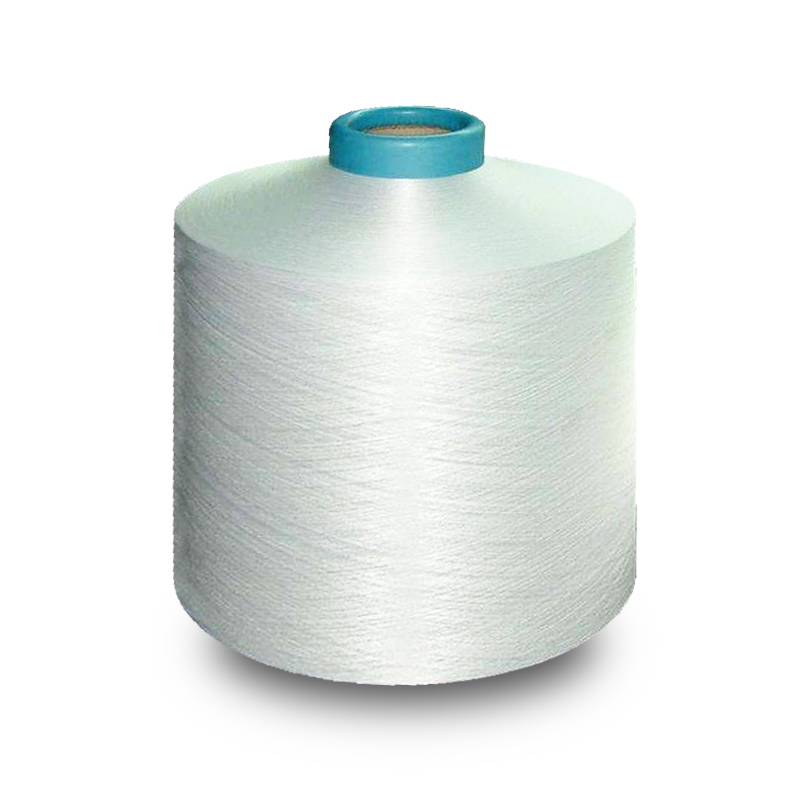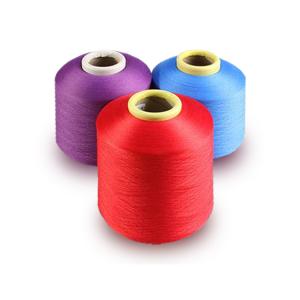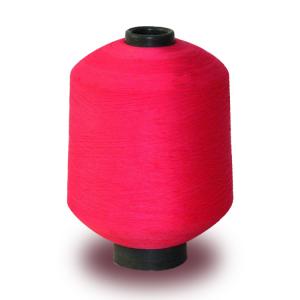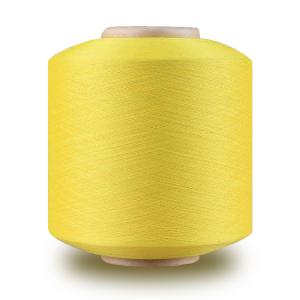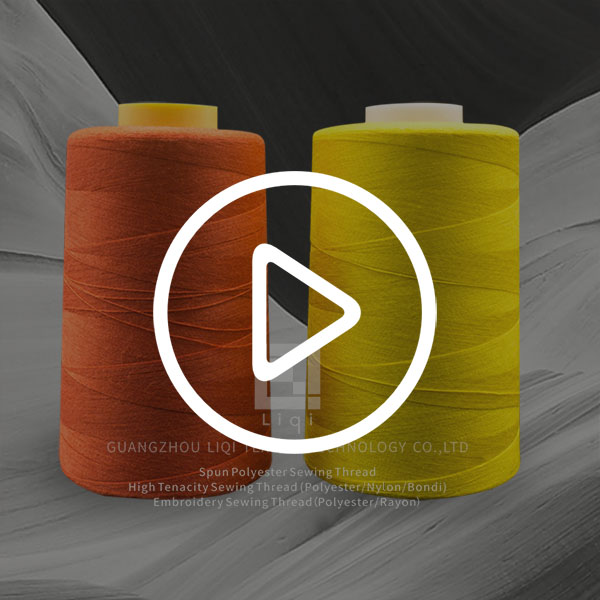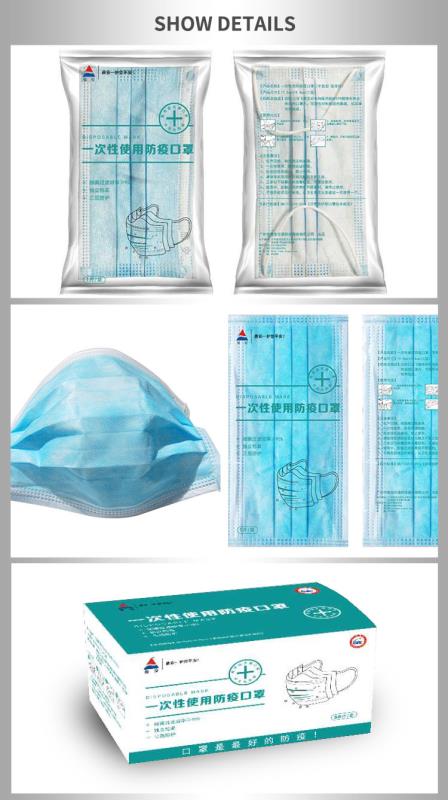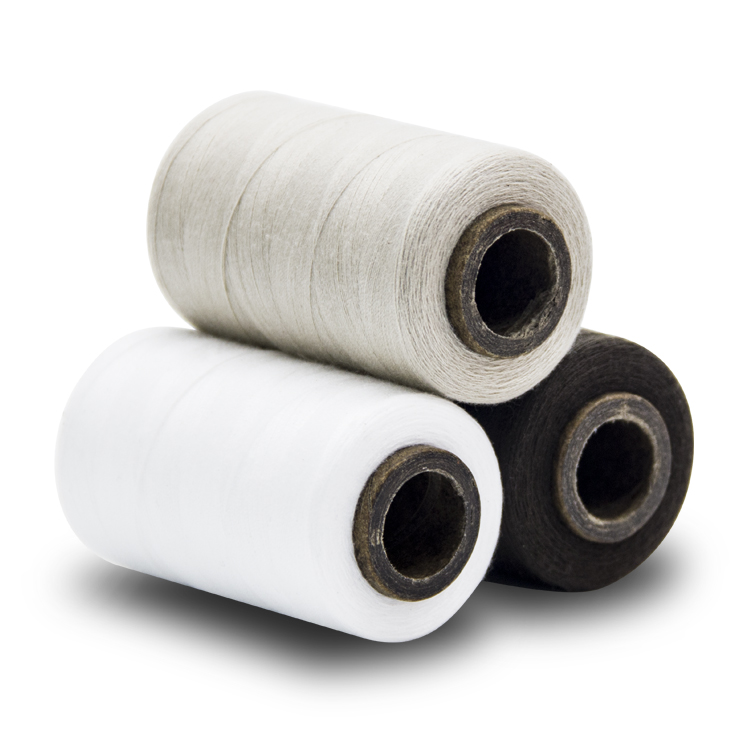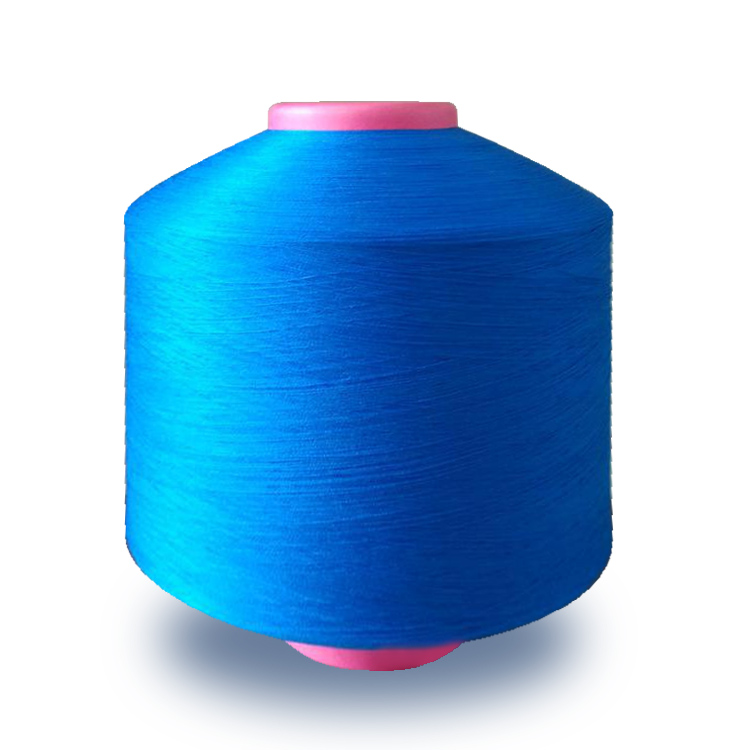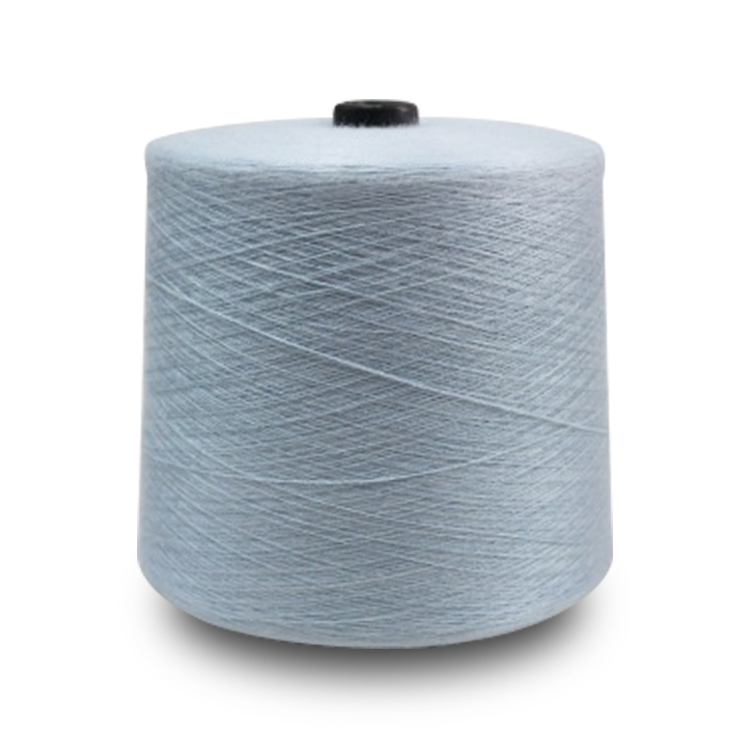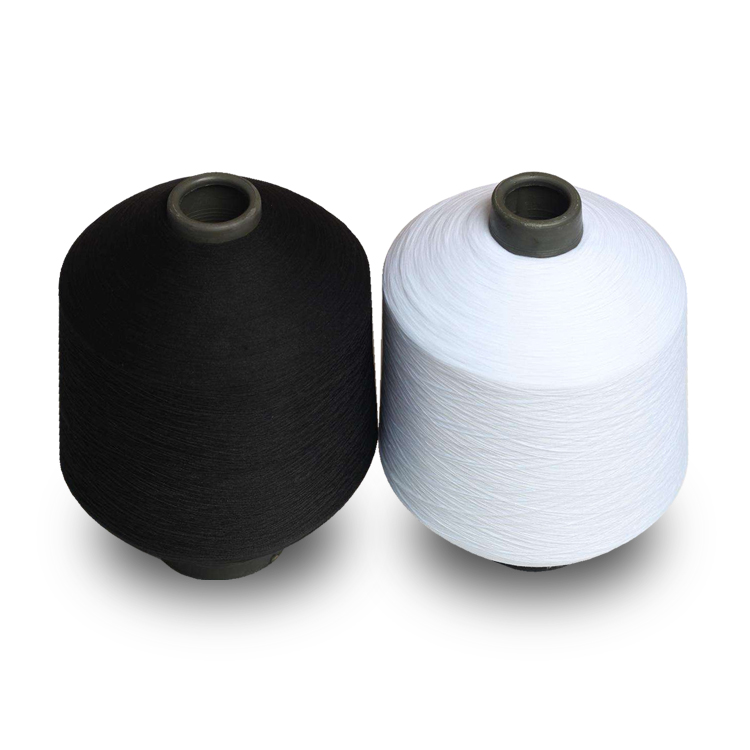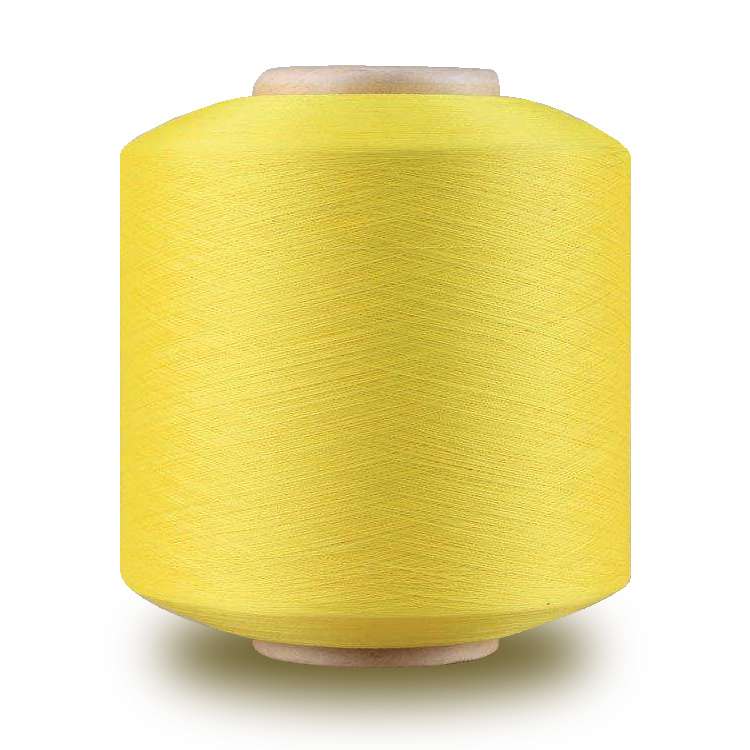Share to:
Related Products
ST type 100% polyester metallic knitting yarn
LQ-10-12
Price: From $1.6
Delivery time: 9-20 days after payment
MOQ: 500 KG
There are more than ten kinds of fancy yarns, including their thickness and thickness.
Briefly introduces of commonly used fancy yarns.
Ultra-fine: It is the finest kind of knitted wool. Light and soft is its characteristic. It is most suitable for knitting baby sweaters or jackets worn by crocheted women.
Extremely fine: Roughness equals to 2 finest wool yarns. It is light and varied in color. It is most suitable for crochet knitting.
Medium and fine: is the most commonly used wool varieties, whether infants, young children, women or men's clothing can be knitted with such thick wool, knitted patterns are delicate and elegant.
Medium thickness: It is the most commonly used type of weaving cold-proof clothes. The clothes woven are neither too thick nor too thin.
Thickness: It is also the best wool for weaving cold-proof clothing.
When choosing to buy wool, you must buy enough to avoid the situation that you can't finish because of out-of-stock. On the other hand, some popular wool yarn varieties, although not out of stock, but also have to retain the stickers on the wool ball for identification when purchasing.
Today's yarns can be divided into pure wool, blended and chemical fibers. The main chemical fibers are acrylic fibers and viscose fibers.
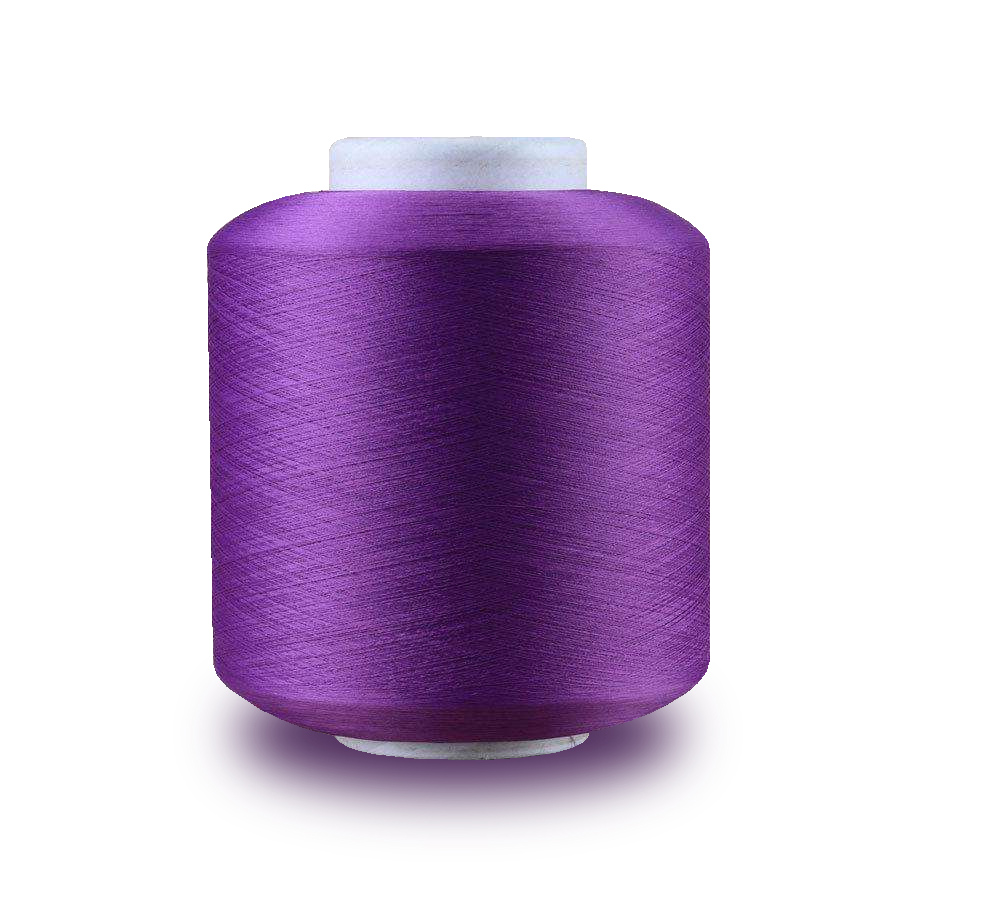
Performance Index of Fancy Yarn
(1) Number of knitted yarns: The number of knitted yarns is expressed by metric number of knitted yarns. The number of knitted yarns is large, the number of knitted yarns is fine, the number of knitted yarns is small and the knitted yarn is thick.
Metric count refers to the number of yarns a kilometer long. If the length of 1 kg wool is 18,000 m, it will be 18 yarns.
(2) Twist of wool yarn and wool yarn: The twist of wool yarn and wool yarn refers to the number of twists per unit length. Twist has twist direction, there are "S" twist and "Z" twist. Twist generally refers to twist number/m. The number of wool yarns is different and the twist is different. In order to compare the twist of wool yarn and wool yarn with different count, the concept of "twist coefficient" is commonly used.
The choice of twist coefficient is generally that pure wool is bigger than blended yarn, blended yarn is bigger than chemical yarn, short wool content is higher than short wool content is lower, yarn count is finer than yarn count.
(3) Strength and elongation of wool yarn and wool yarn:
The tensile strength of wool yarn and wool yarn is called strength. The load of the broken yarn is expressed as the elongation of the wool yarn and the wool yarn when it is broken.
Strength of wool yarn and wool yarn is closely related to fastness and productivity. Strength is the basis of strength and elongation of fabric. Therefore, strength and elongation of wool yarn and wool yarn are important indicators of quality. Because strength and elongation directly affect the quality of wool yarn, appropriate strength and elongation are required to relax wool yarn and wool yarn. Reduce; Strength is too small, strength increases and wool and wool become stiff. The strength and elongation of wool yarn and wool yarn are different from those of raw materials, processing degree and arrangement of fibers. The better the quality of raw materials, the neater the arrangement of fibers and the proper twisting, the stronger the wool yarn is, the better the elongation performance will be.
Packaging storage and transportation
Yarn packaging should ensure that the quality of yarn is not damaged, the outer packaging is complete and firm, moisture-proof, fire-proof, clear marking, clear batch, and suitable for long-distance sea and land transportation and storage.
Matters needing attention in production order:
The order contract requires complete and reasonable quality indicators, clear units and clear batches, and its weight should be settled according to the prescribed weight.
Major producer countries:
Some wool textile factories in China are imported from Hong Kong, Japan and Korea.

